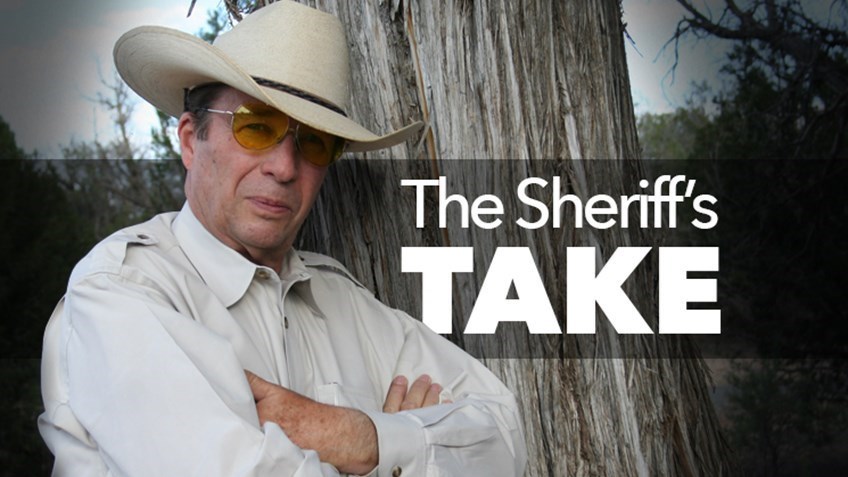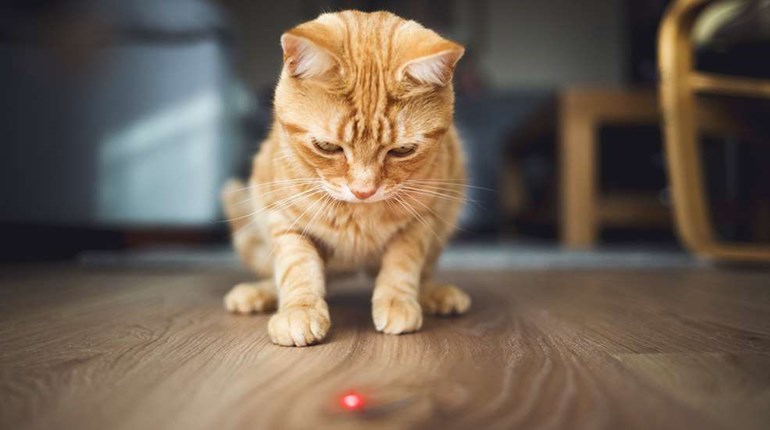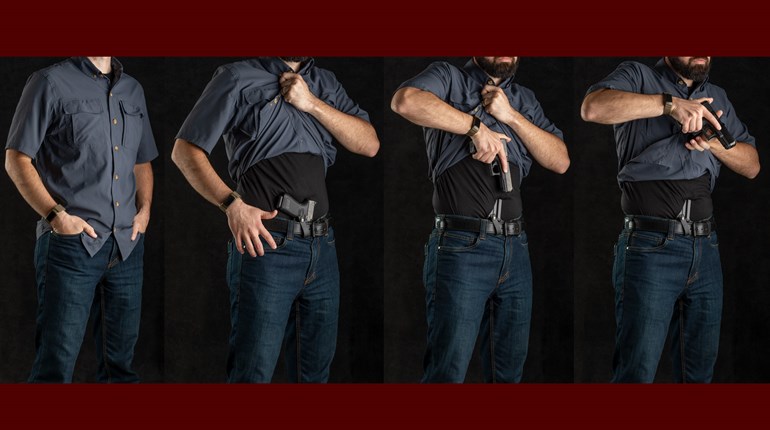
It was a force-on-force class using Simunitions. The two student partners walked down a path and, as they rounded the bend, saw an attractive, young woman lying crumpled on the ground by the path. One of the men, who happened to be an EMT in real life, rushed to her side and knelt down. Just then, a bad guy came busting out of the brush on the other side of the path, and the shooting started. Fortunately, the two partners made quick work of him. As they were smiling at each other, pleased with their shooting prowess, the “injured” girl rolled over and ran a rubber knife across the student’s throat.
In the debriefing, the student told the instructors that he was an EMT and that he had to go to the aid of the girl. One of the instructors said, “No, you used to be an EMT. Now, you’re just a dead man.”
I wonder how many times motorists have stopped along the highway to assist someone who appears to be a stranded motorist only to find out that they are a decoy and the helpful motorist is now the victim of a robbery, car jacking or worse. We should always keep in mind that things are not always what they seem to be. We certainly may stop and help others–thank goodness that people still do that–but we should definitely be in Condition Orange and keep an eye out for potential trouble.
Suppose you walk into a convenience store and see a man pointing a gun at the cashier. And, as you enter, he turns and points his gun at you. Hopefully, you will be alert enough to neutralize the threat before he can shoot you. But don’t let your guard down just because you have survived a gunfight. You should assume that the armed robber had an accomplice or accomplices. Is his partner hiding in some other part of the store drawing a bead on you? Or was his partner in the get-away car in the parking lot and currently moving up to shoot you in the back?
Essentially, when we encounter a person making an attack, or even one who is acting suspiciously, we should assume that he or she is not alone. That affects how we choose to respond, the nature of the cover we might choose and the action that we will take. In the case of a person who appears stranded, or in need of help, the best thing to do might be just to go on by and call 911.
Finally, we need to avoid rushing into situations too quickly. Take time to look and assess. You don’t want to be in the situation of thinking that you are about to be a hero when, in fact, you could be injured or killed.




































